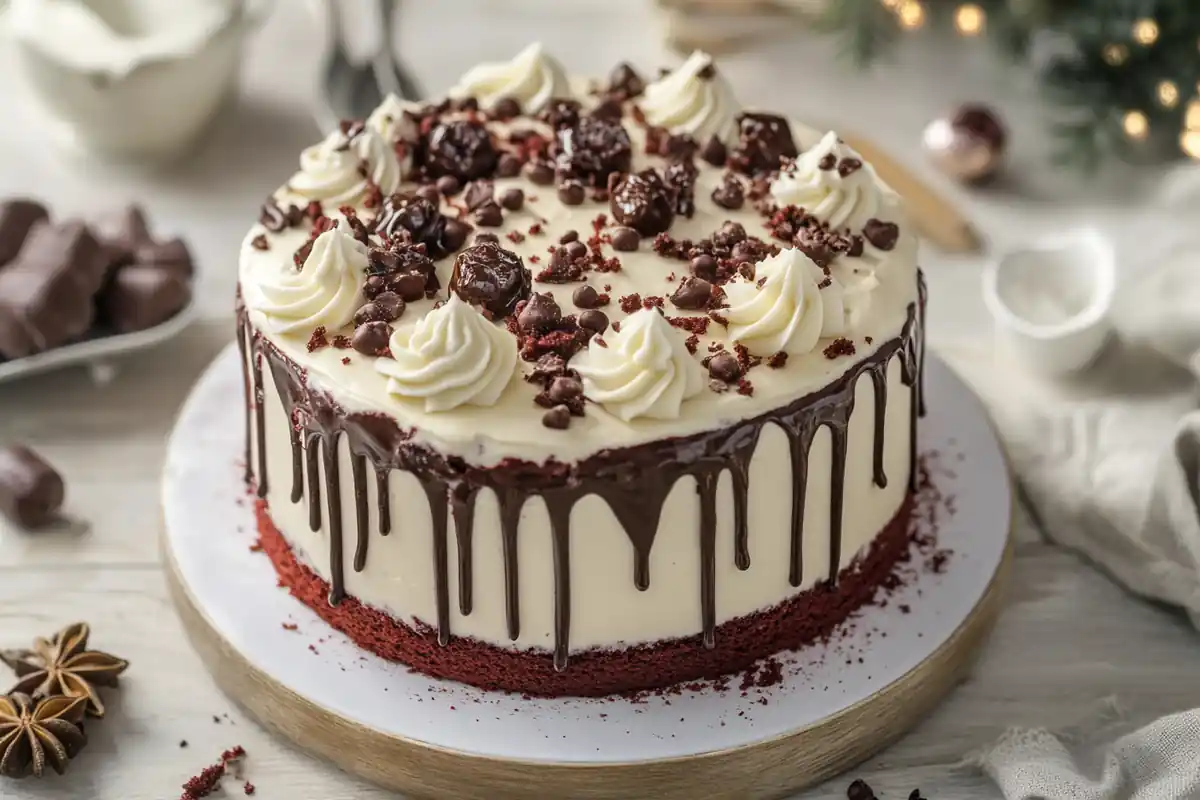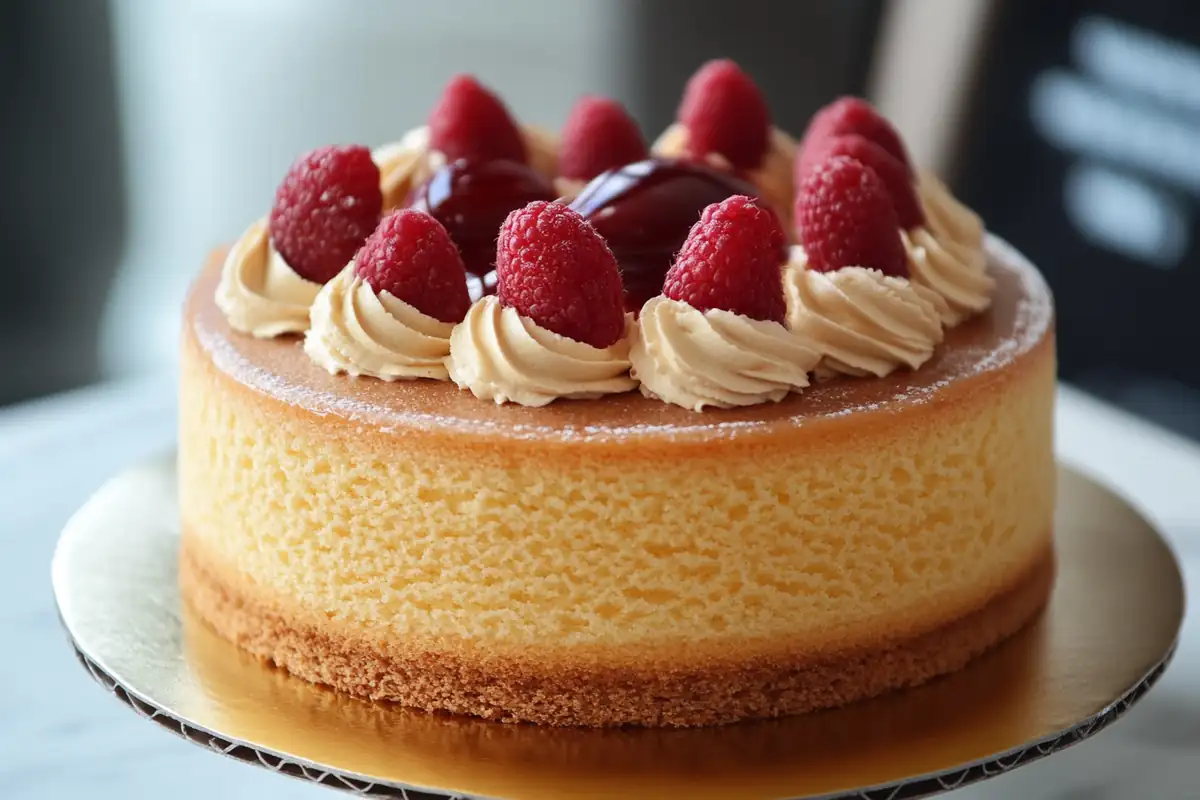Introduction
Cake recipes easy and delicious are the perfect way to satisfy your sweet tooth without spending hours in the kitchen. Whether you’re baking for a birthday, a holiday, or just because, these simple yet flavorful cakes are sure to impress. From classic vanilla to rich chocolate and fruity favorites, you’ll find tasty ideas anyone can make—no fancy techniques required!
The Historical Evolution of Cakes
The history of cake recipes is as fascinating as the cakes themselves. Believe it or not, the earliest cakes were simple flatbreads made with grain and sweetened with honey. As baking techniques evolved, so did the complexity of these creations. Ancient Egyptians, for instance, were among the first to incorporate leavening agents. Fast forward to modern times, and cakes have become an intricate balance of flavor, texture, and design.
For a detailed look at baking techniques, you can visit this comprehensive guide on mastering the basics.
Fundamental Ingredients in Cake Baking
Every cake begins with a set of core ingredients, each playing a unique role:
- Flour: The backbone of every cake, providing structure. Cake flour, in particular, creates a tender crumb.
- Sugar: Not just for sweetness—sugar also helps retain moisture and creates a delightful texture.
- Eggs: The glue that binds everything together. Eggs contribute to both structure and richness.
- Fats (butter or oil): Responsible for the cake’s moistness and flavor.
- Leavening Agents (baking powder or soda): The magic behind a cake’s rise, creating that irresistible fluffiness.
Essential Baking Tools for Perfect Cakes
No baker can work their magic without the right tools. Here are some must-haves:
- Mixing Bowls: Preferably a set in different sizes for multitasking.
- Measuring Cups and Spoons: Precision is key when baking, so these are non-negotiable.
- Electric Mixer: A stand or hand mixer can save time and ensure a smoother batter.
- Cake Pans: Round, square, or loaf pans depending on the type of cake.
- Cooling Rack: Allows air circulation to cool your cake evenly without sogginess.
Whether you’re just starting or looking to refine your technique, using these tools can make a noticeable difference in your results. Investing in quality equipment, after all, pays off when your cakes turn out bakery-worthy.
Health-Conscious Cake Recipes
Gluten-Free Almond Flour Cake
For those seeking a gluten-free treat, almond flour makes a fantastic alternative. This cake is moist, flavorful, and naturally gluten-free, making it a perfect choice for health-conscious bakers.
Ingredients and Measurements
- 2 cups almond flour
- ½ teaspoon baking soda
- ¼ teaspoon salt
- 3 large eggs
- ⅓ cup honey or maple syrup
- 1 teaspoon pure vanilla extract
- 1 tablespoon lemon juice
Step-by-Step Preparation Method
- Preheat your oven to 350°F (175°C) and grease an 8-inch round cake pan.
- In a bowl, whisk together almond flour, baking soda, and salt.
- In another bowl, mix eggs, honey, vanilla extract, and lemon juice until smooth.
- Gradually add the dry ingredients to the wet mixture, stirring until combined.
- Pour the batter into the prepared pan and bake for 25-30 minutes, or until golden and firm to the touch.
- Cool in the pan for 10 minutes before transferring to a wire rack.
Vegan Chocolate Avocado Cake
Who says indulgence can’t be plant-based? This vegan chocolate avocado cake offers a rich, creamy texture without any dairy or eggs.
Ingredients and Measurements
- 1 ½ cups all-purpose flour
- 1 cup granulated sugar
- ½ cup unsweetened cocoa powder
- 1 teaspoon baking soda
- ½ teaspoon salt
- 1 large ripe avocado (mashed)
- 1 cup water
- 1 teaspoon pure vanilla extract
- 1 tablespoon apple cider vinegar
Step-by-Step Preparation Method
- Preheat your oven to 350°F (175°C) and grease an 8-inch square cake pan.
- In a large bowl, sift together flour, sugar, cocoa powder, baking soda, and salt.
- In a separate bowl, mix mashed avocado, water, vanilla extract, and vinegar until smooth.
- Gradually combine the wet ingredients with the dry, stirring until no lumps remain.
- Pour the batter into the prepared pan and bake for 30-35 minutes, or until a toothpick inserted into the center comes out clean.
- Cool completely before slicing and serving.
Low-Sugar Lemon Yogurt Cake
For those looking to cut back on sugar, this lemon yogurt cake delivers flavor without the guilt. It’s tangy, light, and perfectly sweetened.
Ingredients and Measurements
- 1 ½ cups all-purpose flour
- 2 teaspoons baking powder
- ¼ teaspoon salt
- ¾ cup plain yogurt
- ¼ cup honey or agave syrup
- ½ cup vegetable oil
- 2 large eggs
- Zest and juice of 1 lemon
Step-by-Step Preparation Method
- Preheat your oven to 350°F (175°C) and grease a loaf pan.
- In a bowl, combine flour, baking powder, and salt.
- In another bowl, whisk together yogurt, honey, oil, eggs, lemon zest, and juice.
- Gradually add the dry ingredients to the wet mixture, stirring until smooth.
- Pour the batter into the prepared pan and bake for 40-45 minutes, or until a toothpick inserted in the center comes out clean.
- Let the cake cool in the pan for 10 minutes before transferring to a wire rack.
Tips and Techniques for Baking Success
Common Baking Mistakes and How to Avoid Them
Baking can be tricky, but knowing the common pitfalls can save your cakes from disaster:
- Overmixing the Batter: This can make your cake dense and chewy. Mix just until the ingredients are combined.
- Incorrect Measurements: Baking is a science, so precision matters. Use measuring cups for dry ingredients and a scale for accuracy.
- Skipping the Cooling Process: Never frost a warm cake; it will cause the icing to melt.
By understanding these issues, you’ll be on your way to perfect cakes every time.
Enhancing Flavor with Natural Ingredients
Boost your cakes’ flavor profile by opting for natural, fresh ingredients:
- Vanilla Beans: Replace extract with real vanilla beans for a richer taste.
- Citrus Zest: Lemon, lime, or orange zest adds a burst of freshness.
- Fresh Spices: Use freshly ground cinnamon or nutmeg for a warm, robust flavor.
These small changes make a big difference, elevating your cakes to gourmet status.
Proper Storage Methods for Different Cakes
Keeping your cakes fresh is essential to enjoying them at their best:
- Room Temperature: For cakes without frosting, store in an airtight container for up to 3 days.
- Refrigeration: Frosted or cream-filled cakes should be refrigerated to maintain their integrity.
- Freezing: Wrap unfrosted cakes tightly in plastic wrap and freeze for up to 3 months.
With proper storage, your cakes will taste just as good days later!





